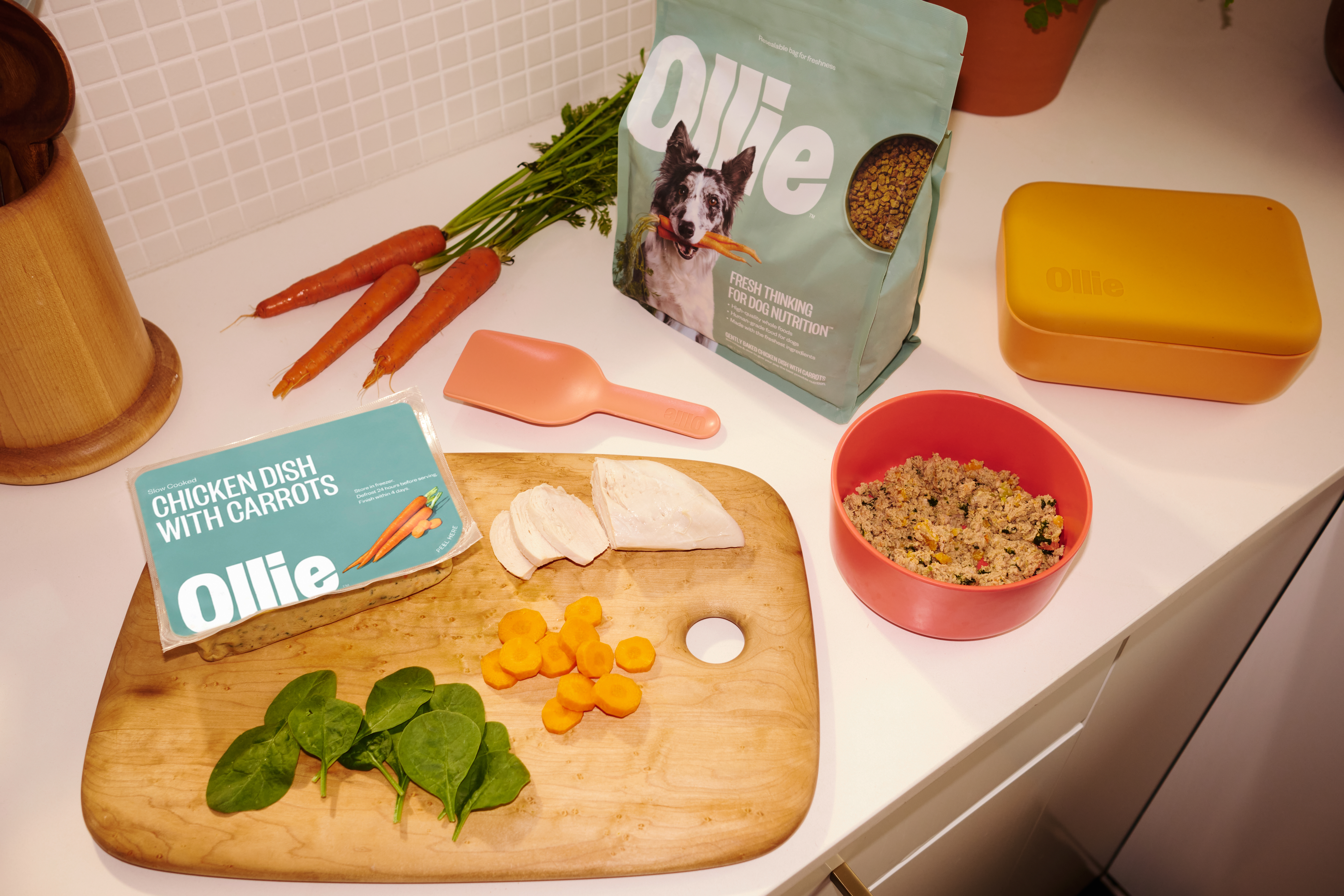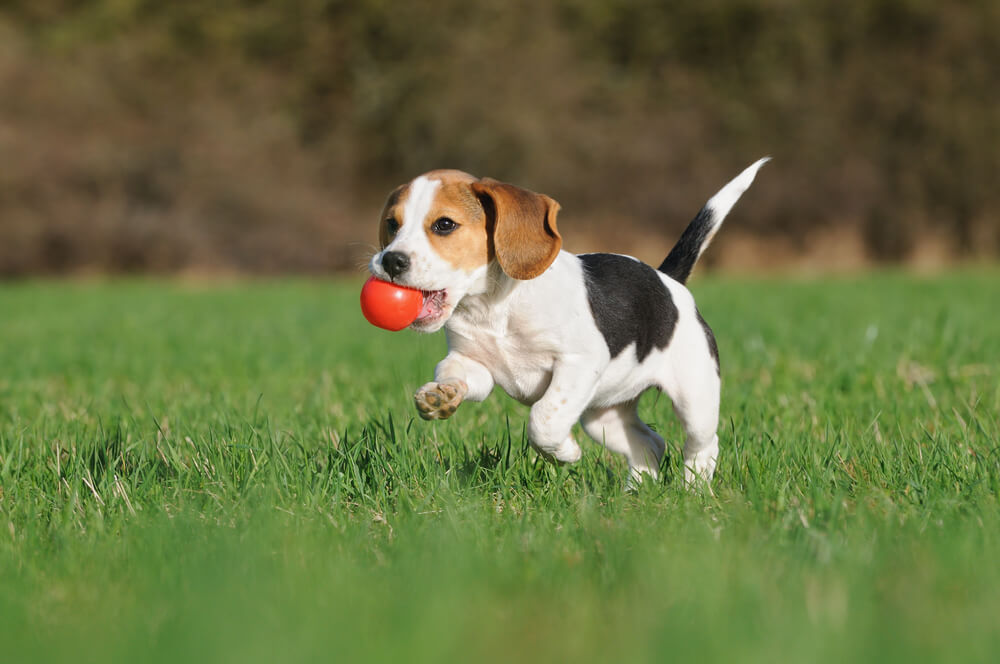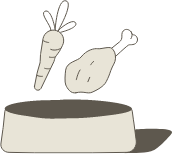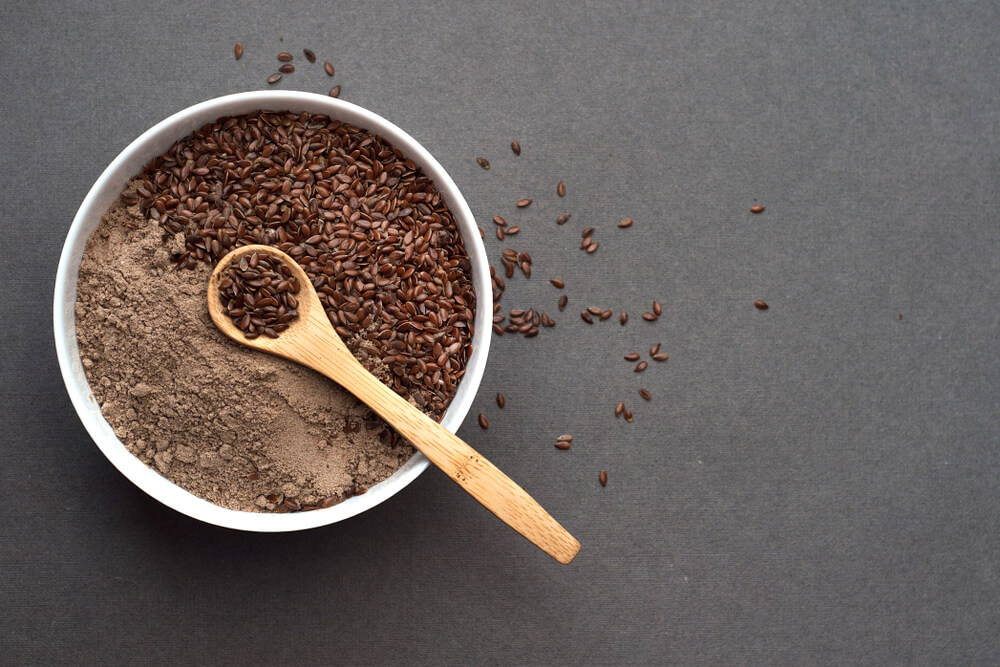Hey Ollie blog readers! We’re offering you an exclusive 60% OFF your starter box! Try now!
As a dedicated pet parent, you want to provide the best for your dog, and that starts with their food bowl. We all understand the basics of a balanced diet for ourselves, but what does that look like for our four-legged family members? The answer lies in high-quality, recognizable ingredients that are minimally processed to deliver the maximum nutritional benefit. This guide will break down the components of a truly balanced diet and explore the significant health benefits of choosing fresh food for your pup.
What Defines a Balanced, Fresh Diet?
A complete and balanced diet for your dog is built on three core macronutrients: protein, fats, and carbohydrates. Along with water, these components provide the essential vitamins and minerals your dog needs to thrive. However, the quality and source of these macronutrients are what truly make a difference.
Unlike highly processed kibble, which can be composed of a significant proportion of carbohydrates and may contain low-quality fillers, a fresh diet focuses on whole, recognizable ingredients. These are ingredients you can see and recognize.
Here’s a breakdown of the ideal sources for each essential component in a fresh diet:
- High-Quality Protein: Essential for muscle development and repair. Look for gently cooked beef, chicken, lamb, turkey, and salmon, as well as nutrient-rich organ meats like liver and heart.
- Healthy Fats: Crucial for energy, brain function, and a healthy coat. Sources include naturally occurring fats in meat, as well as fish oil, sunflower oil, and flaxseed oil, which provide vital omega fatty acids.
- Nutrient-Dense Carbohydrates: Provide energy and fiber for digestive health. Excellent sources include vegetables and seeds like sweet potatoes, carrots, peas, spinach, and chia seeds.
Recipes formulated with veterinary nutritionists ensure they are complete and balanced, meeting AAFCO (The Association of American Feed Control Officials) standards [1].
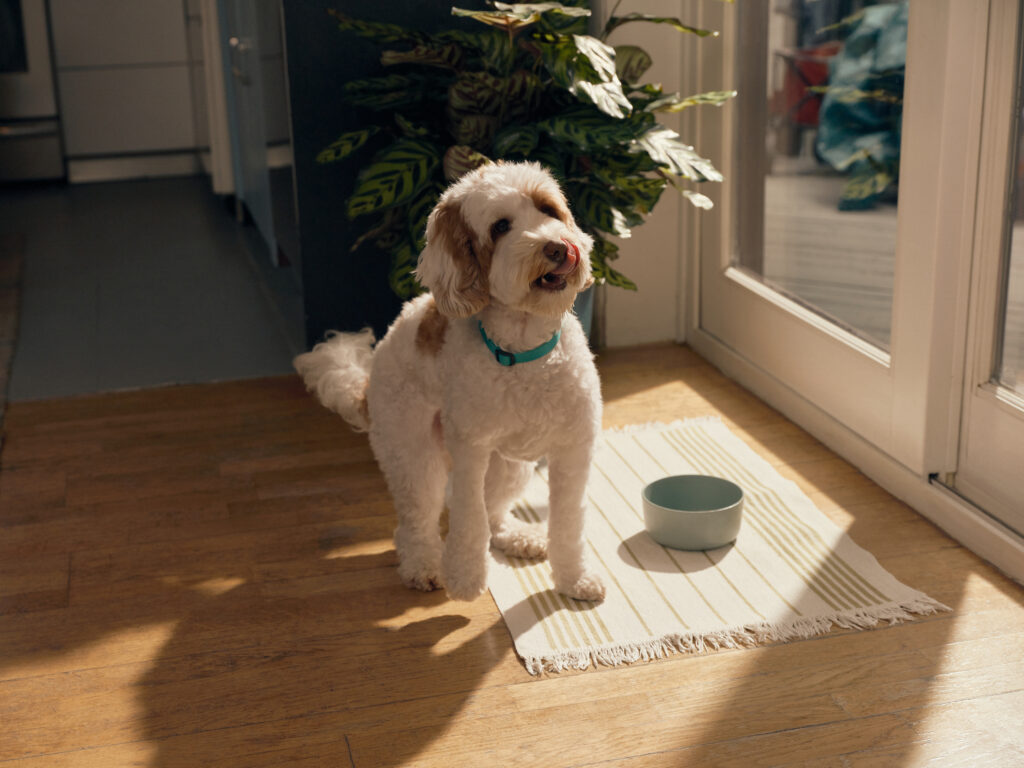
The Health Benefits of Switching to Fresh Dog Food
Switching your dog to a diet made with real, fresh ingredients can lead to noticeable improvements in their overall health and well-being. Because fresh recipes, like ones from Ollie, are gently cooked to preserve nutrients, they offer increased nutritional value than highly processed alternatives.
1. Improved Digestion and Gut Health
Fresh food is often easier for your dog to digest. The high moisture content and natural enzymes can help reduce digestive issues like bloating and constipation. The natural fiber from real vegetables and seeds supports a healthy gut microbiome, which is essential for overall immunity.
2. Enhanced Nutrient Absorption
One of the most significant fresh dog food benefits is higher bioavailability. This means the nutrients from whole ingredients are more easily absorbed and utilized by your dog’s body. Better absorption means less waste and a more efficient conversion of food into energy.
3. Healthy Weight Management
Fresh food recipes with higher protein and lower carbohydrate content can help support lean muscle mass and a healthy weight. With pre-portioned meals tailored to your dog’s specific caloric needs, you can help your pup achieve and maintain their ideal body condition, reducing the risk of obesity-related health issues such as arthritis and diabetes.
4. Increased Longevity and Vitality
Some research suggests that diet quality may influence longevity in dogs. Diets rich in natural antioxidants and minimally processed ingredients may help reduce inflammation and support a strong immune system, contributing to a longer, healthier life.
5. Shinier Coat and Healthier Skin
The high-quality fats and oils in fresh food, rich in omega-3 and omega-6 fatty acids, can support your dog’s skin and coat. Many pet parents report a noticeable improvement in shine and softness and a reduction in skin irritations after making the switch.
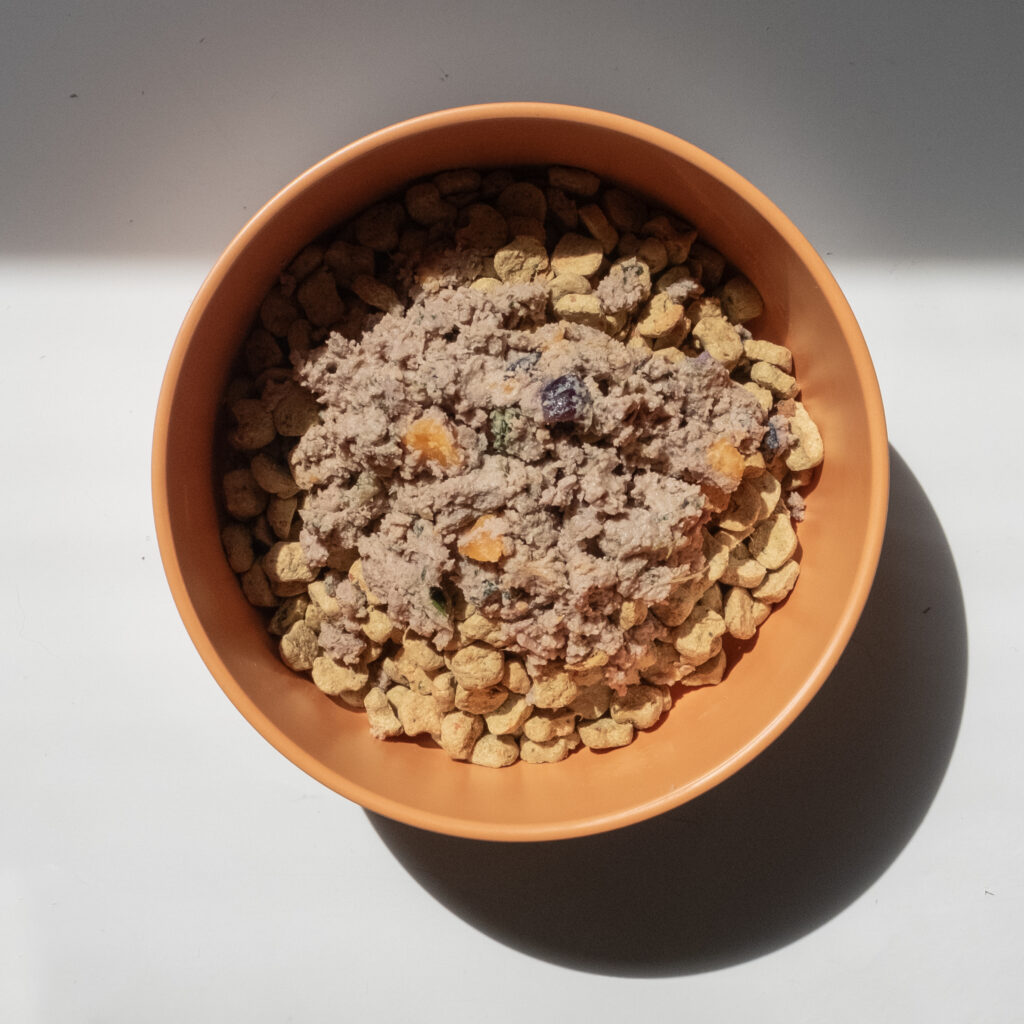
Making the Switch to a Balanced, Fresh Diet
Transitioning your dog to a new food should be a gradual process to allow their digestive system to adjust. It is recommended to mix a small amount of the new fresh food with their old food, slowly increasing the proportion of fresh food over 7–10 days until you have fully transitioned.
Customized transition plans can help ensure a smooth and comfortable switch for your pup.
Frequently Asked Questions (FAQs)
Q1: What makes fresh dog food different from kibble?
Fresh dog food is made with human-grade ingredients that are gently cooked at low temperatures to preserve their nutritional integrity. It contains no fillers, by-products, or artificial preservatives [1]. Kibble is highly processed at extreme temperatures, which can destroy sensitive nutrients.
Q2: Is fresh dog food safe?
Yes, when prepared correctly. Reputable fresh food companies cook their food to temperatures that kill harmful bacteria like Salmonella and E. coli, making it a safer alternative to raw diets [2]. Recipes formulated by experts can be nutritionally complete and balanced.
Q3: Will fresh food help my picky eater?
The aroma and texture of fresh, real ingredients are highly palatable and appealing to dogs. Many pet parents find that even the pickiest eaters are excited for mealtime when served fresh food.
Q4: Is fresh dog food worth the cost?
While fresh food can have a higher price point than kibble, many pet parents consider it a worthwhile investment in their dog’s long-term health. The potential for fewer vet visits for diet-related issues like allergies, digestive problems, and obesity can offset the cost over time.
Providing your dog with a balanced, fresh diet is one of the best things you can do for their long-term health and happiness. By focusing on high-quality, digestible ingredients, you are setting your pup up for a lifetime of vitality.
Tagged As:
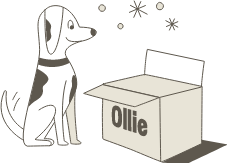
The nutrition your dog needs,
the food they want.

Enjoying our articles? Subscribe our Newsletters and get new articles directly to your inbox
You might also like
18 September 2025
6 MINS READ
Can Dogs Eat Flaxseed? Is Flaxseed Safe For Dogs?
Wondering if flaxseed is safe for your dog? This guide breaks down the benefits, risks, and best ways to add flaxseed, or flaxseed oil, to your pup’s diet.
18 September 2025
6 MINS READ
Why is My Dog Not Eating But Acting Normal? Causes & What To Do
Worried your dog isn’t eating but still acting normal? Here’s what could be going on and what to do to help your pup get their appetite back.
18 September 2025
5 MINS READ
Can Dogs Eat Crab? Is Crab Meat Safe For Dogs?
Thinking about giving your dog crab meat? Find out if it’s safe, what risks to watch for, and when crab might do more harm than good.
